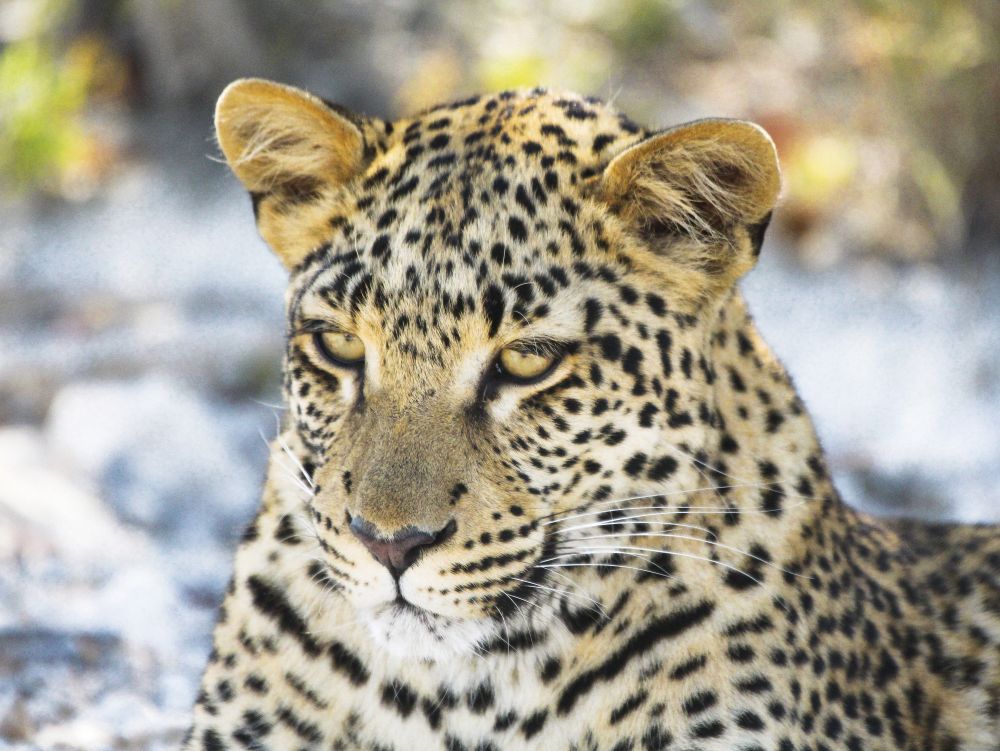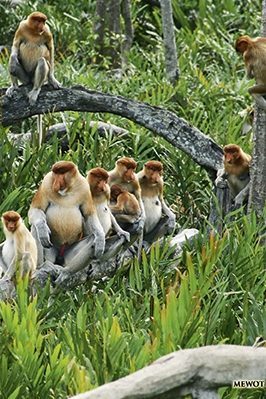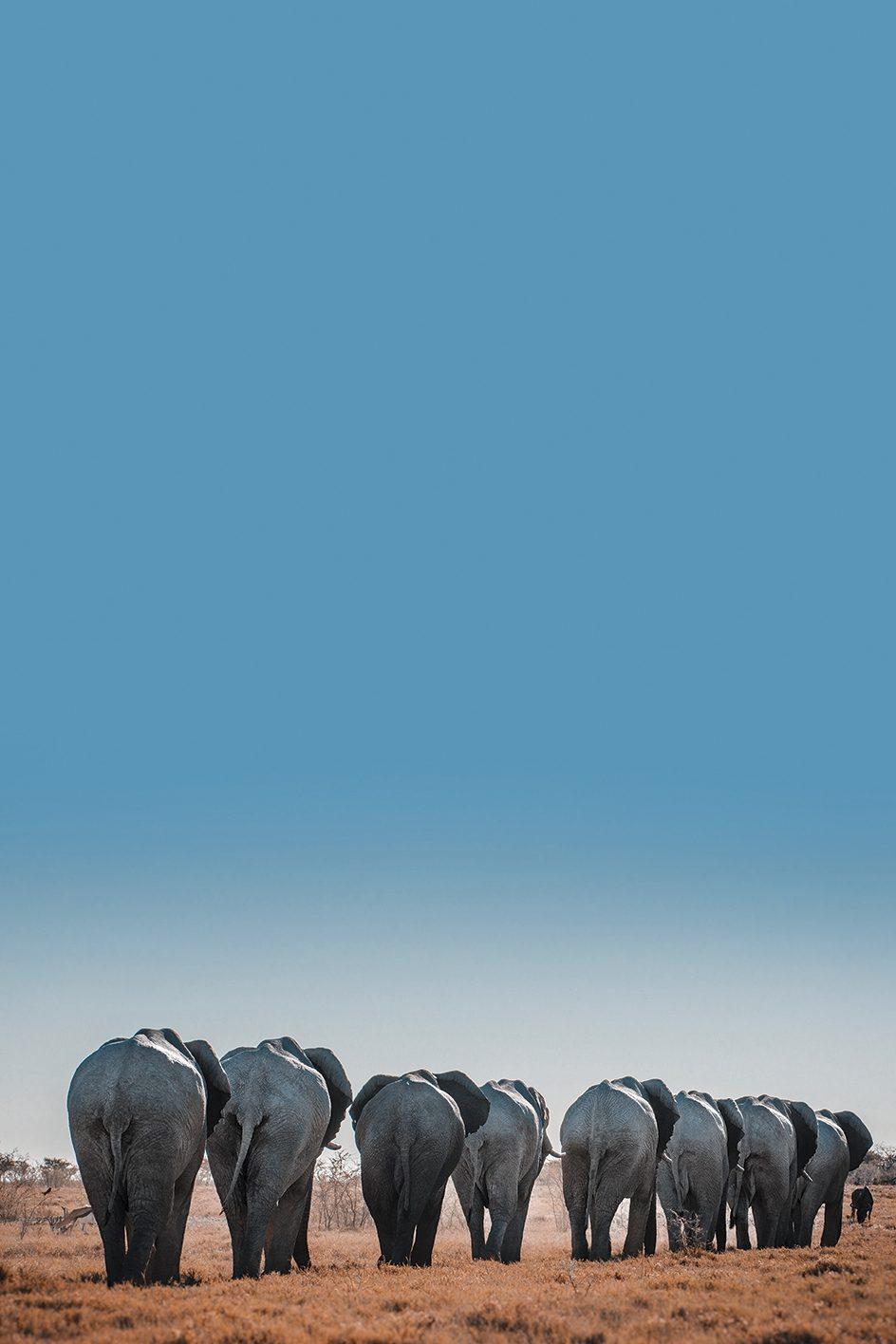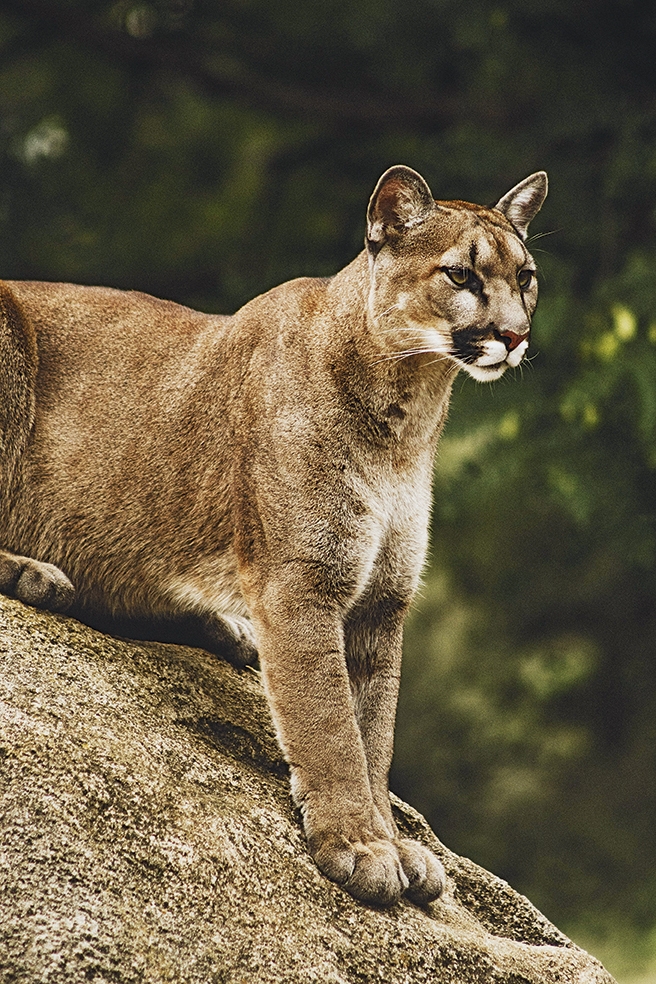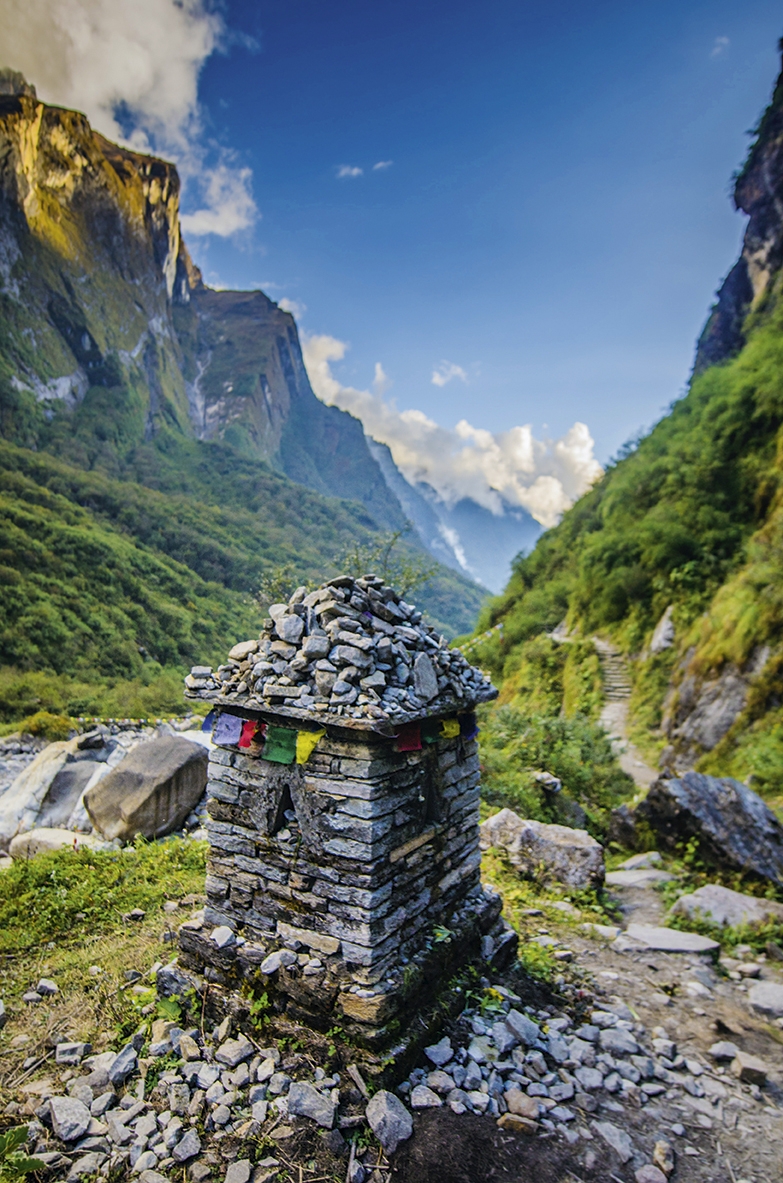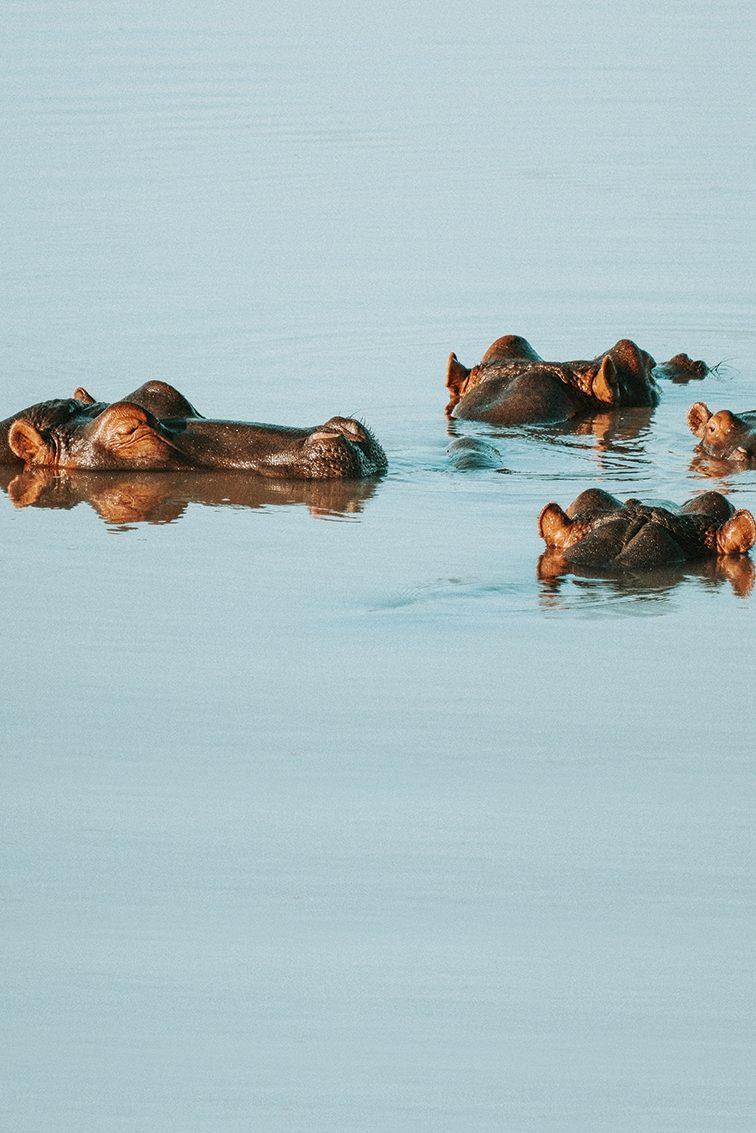Big four of Etosha Namibia
Translated from Namibia’s Ndonga dialect, Etosha means ‘great white place’. It’s not the first colour many think of in Africa’s desert landscapes, but Etosha is rather unique. The park – one of the continent’s largest – is home to the Etosha Pan, a blinding salt flat that covers 23 per cent of the park’s 22,270sq km.
Despite such a vast and dramatic landscape, Etosha is often passed over by tourists in favour of big-hitting East African destinations. But the park is home to an astonishing number of flora and fauna. Here you’ll find four of the Big Five, with prolific populations of lion and elephant, the elusive leopard – and it’s one of the best places in the world to spot rhino, including the critically endangered black rhino. Only the buffalo is absent, although you can find them in nearby Waterberg Plateau.
Watering holes are key to Etosha’s safaris, bringing the animals together for easy spotting. Watch ostrich, hyena, jackal, warthog and zebra gather around the mirror-like waters, while giraffe awkwardly splay their long legs to get low enough to drink. The salt pan itself supports very little wildlife, but birdwatchers should be able to see flamingo and the great white pelican.
Elsewhere on the savannah and in the surrounding dolomite hills towards the south and west, you can spot black-faced impala, meerkat, porcupine, aardvark and honey badger. The park also has three other big cats: the common caracal with their tall wispy ears, shy and sleek cheetah and the rarely-seen serval.
For many years, tourism to the national park was limited to the east and south, with only researchers and rangers accessing the vast west. Now, however, Etosha’s newest and unfenced Dolomite Camp has opened in the restricted area, making an ideal base as the luxury camp overlooks a busy waterhole, giving you unfettered and undisturbed access to animals as they go about their day.

